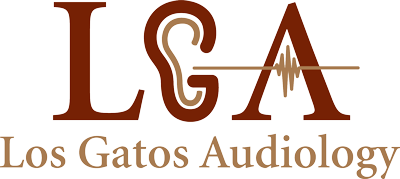Earwax, also known as cerumen, is a natural substance produced by glands in the ear canal. While it may seem like a nuisance at times, earwax actually plays a crucial role in maintaining ear health and protecting the delicate structures of the ear. In this blog, we’ll explore some essential facts about earwax that you should know.
-
Earwax is a Natural Lubricant and Protectant
One of the primary functions of earwax is to lubricate and protect the ear canal. Earwax helps prevent the skin inside the ear canal from drying out, reducing the risk of irritation and infection. It also acts as a barrier, trapping dust, dirt, and other foreign particles before they can reach the eardrum.
-
The Consistency of Earwax Varies
Earwax can vary in color and consistency from person to person. Some individuals produce wet earwax, which is soft and sticky, while others produce dry earwax, which is flaky and crusty. The color of earwax can range from light yellow to dark brown, depending on factors such as age, diet, and personal hygiene habits.
-
Earwax Has Self-Cleaning Properties
Believe it or not, your ears have a self-cleaning mechanism built-in. The lining of the ear canal gradually moves outward, carrying old earwax along with it. Chewing and jaw movements also help facilitate this process. In most cases, earwax will naturally migrate out of the ear canal on its own, eliminating the need for manual removal.
-
Q-Tips Aren’t Recommended for Earwax Removal
Despite what you may have heard, inserting Q-tips or cotton swabs into your ears is not a safe or effective method for removing earwax. In fact, using Q-tips can push earwax deeper into the ear canal, potentially causing impaction or injury to the delicate structures of the ear. It’s best to leave the cleaning of your ears to the natural self-cleaning process.
-
Excessive Earwax Buildup Can Cause Problems
While earwax is beneficial in moderate amounts, excessive buildup can lead to complications. Earwax impaction, or a blockage of the ear canal due to an accumulation of wax, can cause symptoms such as earache, hearing loss, ringing in the ears (tinnitus), and a sensation of fullness or pressure in the ear. If you experience these symptoms, it’s essential to seek medical attention for safe and effective removal of the impacted wax.
-
Ear Candling is Not Recommended
Ear candling, a practice that involves inserting a hollow candle into the ear canal and lighting it on fire, is often touted as a natural remedy for removing earwax. However, there is no scientific evidence to support its effectiveness, and it can be dangerous. Ear candling can cause burns, puncture the eardrum, and even worsen earwax buildup. It’s best to avoid this practice and opt for safer methods of earwax removal recommended by healthcare professionals.
-
Professional Earwax Removal May Be Necessary
If you’re experiencing symptoms of earwax impaction or if you’re unable to remove earwax using over-the-counter methods, it may be necessary to seek professional earwax removal. A healthcare provider can safely and effectively remove the impacted wax using specialized tools and techniques, providing relief from symptoms and restoring normal hearing.
In conclusion, earwax may not be the most glamorous topic, but it plays a vital role in maintaining ear health and protecting your hearing. By understanding these essential facts about earwax, you can take better care of your ears and avoid potential complications.


